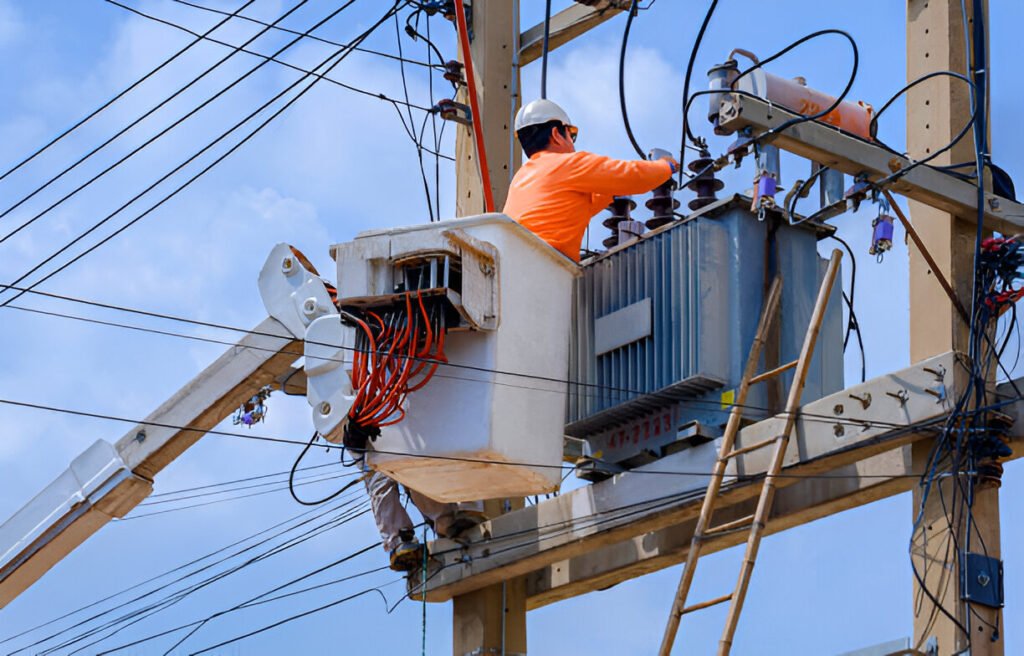The Reasons of Dry Type Transformer Overheating
Discover the common causes of dry type transformer overheating, including overloading, poor ventilation, and insufficient maintenance. Learn prevention tips.
Read More
Transformer explosions, while rare, can have catastrophic consequences in power distribution systems. Understanding the common causes behind these incidents is crucial for professionals in the electrical industry to prevent damage, minimize downtime, and ensure the safety of personnel.
In this blog post, we will delve into the primary factors that contribute to transformer explosions, including insulation breakdown, overloading, lightning strikes, and inadequate maintenance.

Electrical faults are one of the most common reasons for transformer explosions. These faults can occur due to various factors, such as loose connections, bad connections, or partial discharges.
Overloading is another significant cause of transformer explosions. When a transformer is subjected to loads beyond its designed capacity, it experiences excessive heat generation. If the cooling systems are unable to dissipate this excess heat effectively, it can lead to overheating of insulation fluid and insulation failure.
Mechanical failures, such as conductor telescoping, hoop buckling, or conductor tipping, can also contribute to transformer explosions. These failures often result from normal wear and tear, thermal stresses, or manufacturing defects.
Transformers rely on efficient cooling systems to dissipate the heat generated during operation. Cooling system failures can lead to overheating and potential explosions. These failures can occur due to various reasons, such as clogged filters, malfunctioning fans, or leaks in the cooling fluid.
When the cooling system fails to maintain optimal operating temperatures, the transformer experiences thermal stress, accelerating insulation deterioration and increasing the risk of electrical faults.
Environmental factors, such as lightning strikes and extreme weather conditions, can also contribute to transformer explosions.
Contamination of the transformer’s insulating oil or windings can lead to insulation breakdown and potential explosions. Common contaminants include moisture, dirt, and conductive particles.
When these contaminants accumulate within the transformer, they can cause partial discharges, reduce the insulating properties of the oil, and accelerate insulation deterioration.
As transformers age, their insulation materials deteriorate due to various stresses, including thermal, electrical, and mechanical stresses. This deterioration can lead to the formation of weak spots in the insulation, making it susceptible to breakdown under high voltage stress. Once the insulation fails, it can result in short circuits, overheating, and potential explosions.

In the event of a transformer explosion, the first priority is to ensure the safety of personnel and the public.
If possible, and only if it is safe to do so, isolate the electrical supply to the damaged transformer.
If the transformer explosion has disrupted power supply to critical facilities or equipment, arrange for a temporary power supply.
Once the immediate response to the transformer explosion is complete, conduct a thorough investigation to determine the root cause of the failure. Look for signs of common causes of transformer failures, such as insulation breakdown, overheating, mechanical damage, or external factors like lightning strikes or extreme weather conditions.